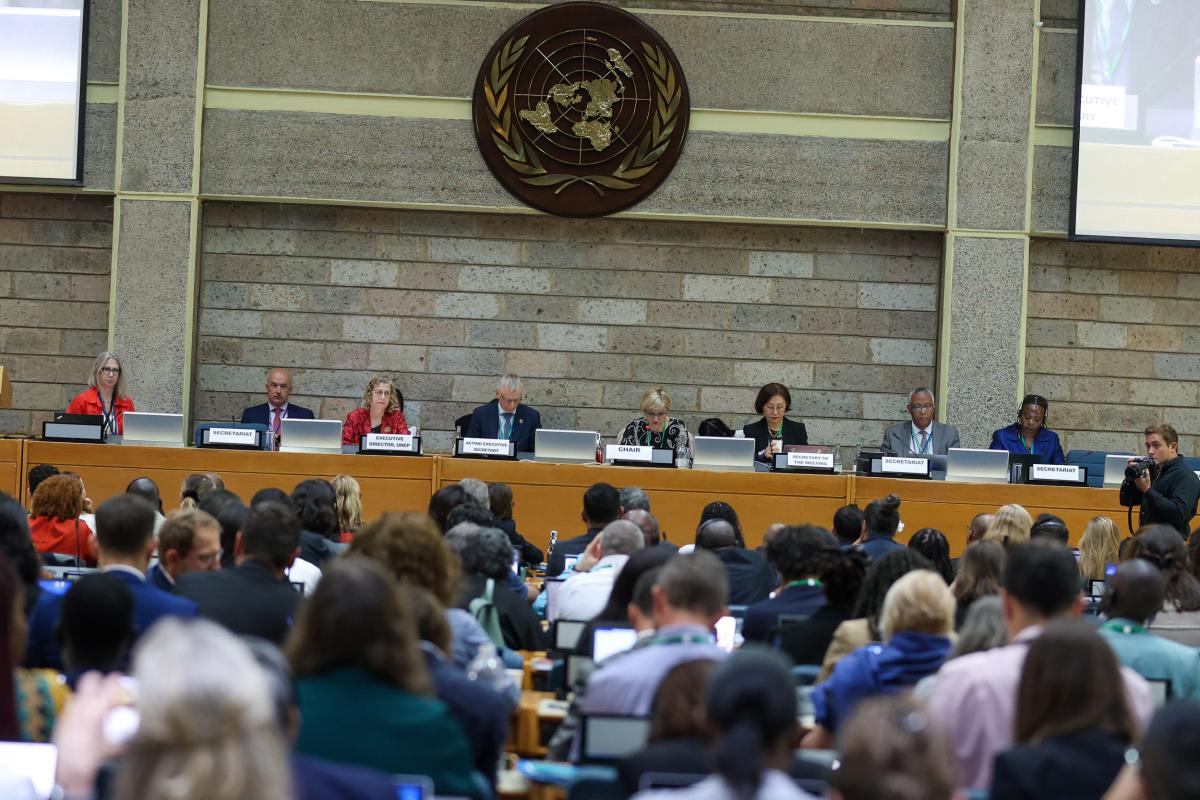The 26th session of the Subsidiary Body on Scientific, Technical and Technological Advice (SBSTTA) of the Convention on Biological Diversity (CBD) opens on Monday in Nairobi, Kenya.
The six-day meeting will seek to forge agreement among delegates of 196 Parties to the CBD on issues pertaining to the implementation of the Kunming-Montreal Global Biodiversity Framework, or The Biodiversity Plan, encompassing four overarching goals for 2050, and 23 action targets to be achieved by 2030. Representatives of indigenous peoples and local communities and observer organizations will also participate in the meeting.
Senka Barudanovic of Bosnia and Herzegovina, Chair of the SBSTTA Bureau, said: “This 26th meeting of SBSTTA is especially important as we are at a critical moment in time to ensure that our actions are guided by a robust foundation of scientific and technical knowledge, tools and guidelines. The good news is that there is a wealth of knowledge and experience for us to use and build on as we walk this journey together for effective conservation, sustainable use, and the fair and equitable sharing of benefits from the use of biodiversity.”
The monitoring framework for the Kunming-Montreal Global Biodiversity Framework is one of the prominent items on the meeting’s packed agenda. The deliberations at SBSTTA 26 on the monitoring framework will inform the discussion of the Subsidiary Body on Implementation (SBI 4) on planning, monitoring, review and reporting mechanism, which will ensue in Nairobi from 21-29 May.
Another momentous agenda item concerns the means of implementation of The Biodiversity Plan, specifically how the scientific and technical needs of all Parties, including Least Developed Countries (LDCs), among other developing countries, will be met.
Hard science and multi-disciplinary approach are high on the SBSTTA 26 agenda with items pertaining to synthetic biology, biosafety risk assessment and risk management, the detection and identification of living modified organisms, including through a network of specialized laboratories, and linkages between biodiversity and human health. The Subsidiary Body at its twenty-sixth meeting will also contribute to progress in addressing the conservation and sustainable use of marine and coastal biodiversity, including further work on ecologically or biologically significant marine areas (EBSAs), as well as island biodiversity.
“One year and a half after The Biodiversity Plan was historically adopted, Parties to the CBD must now fine-tune the important details that will take the world from agreement to action,” said David Cooper, Acting Executive Secretary of the CBD. “The Subsidiary Body is leveraging science and technology to help the Parties to the CBD deliver on their commitment to people and nature.”
Opened for signature in 1992 at the Earth Summit in Rio de Janeiro, and entering into force in December 1993, the CBD is an international treaty for the conservation of biodiversity, the sustainable use of the components of biodiversity and the equitable sharing of the benefits derived from the use of genetic resources.
With 196 Parties, the CBD has near universal participation among countries. The CBD seeks to address all threats to biodiversity and ecosystem services, including threats from climate change, through scientific assessments, the development of tools, incentives and processes, the transfer of technologies and good practices and the full and active involvement of relevant stakeholders including indigenous peoples and local communities, youth, women, NGOs, sub-national actors, and the business community.
The Nagoya Protocol entered into force 12 October 2014. It provides a transparent legal framework for the effective implementation of one of the three objectives of the CBD: the fair and equitable sharing of benefits arising out of the utilization of genetic resources. The Nagoya Protocol also covers traditional knowledge (TK) associated with genetic resources. More information on the Nagoya Protocol and traditional knowledge can be found on the Traditional Knowledge programme of work webpage.
The Cartagena Protocol, entered into force 11 September 2003. is an international agreement which aims to ensure the safe handling, transport and use of living modified organisms (LMOs) resulting from modern biotechnology that may have adverse effects on biological diversity, taking also into account risks to human health.

